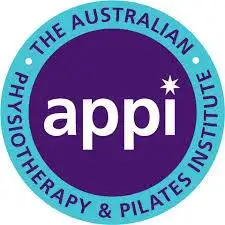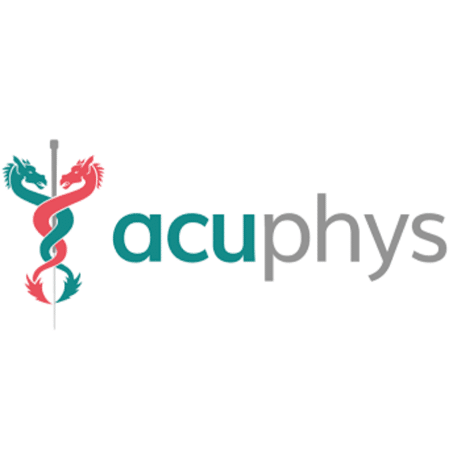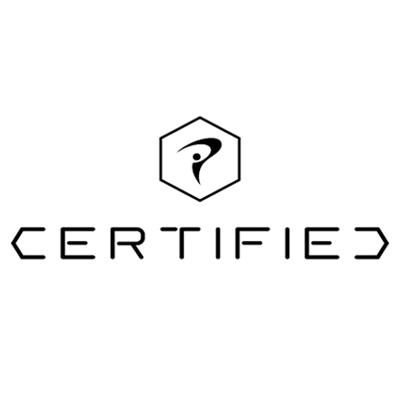TMJ Dysfunction (Jaw Pain)
JL PhysioFit proudly provides expert injury rehabilitation and physiotherapy in Ponteland, North Newcastle, and the surrounding areas.
At JL PhysioFit, we follow a structured 4-step approach to help you recover quickly and confidently. We start by assessing your pain and identifying what’s driving it, then begin treatment using hands-on techniques to reduce pain, stiffness, and nerve tension. From there, we progressively build your strength and mobility so your body is more resilient and less likely to flare up again. Finally, we guide you on how to maintain your progress long-term, giving you a clear plan to stay pain-free and moving well.
What Our Clients Say...
- Do you have trouble eating or experience pain/discomfort when yawning?
- Do you deal with persistent pain or discomfort in your jaw?
- Does it feel uneven or hear a click when you open or close your mouth?
- If this sounds like you, then you may have TMJ dysfunction, or “temporomandibular joint disorder.”
What is TMJ pain?
The temporomandibular joint is the link between your jaw and your skull. TMJ dysfunction is a condition that causes discomfort and stiffness in this joint and the surrounding muscles. TMJ dysfunction can arise if the joint is injured, damaged or simply overused.
What causes TMJ pain/disorder?
The temporomandibular joint (TMJ) is a complex structure comprised of bones, muscles and tendons that can cause pain on one or both sides of your jaw. This can make opening your mouth, talking, yawning, and chewing all very difficult.
There are several reasons why TMJ dysfunction may develop, but misalignment of the teeth, gum chewing, arthritis, teeth grinding, jaw injury and stress are the most common causes.
The best way to diagnose TMJ dysfunction is through a thorough assessment in which your medical history will be reviewed, along with some movement tests and screening of your jaw movements and neck by one of our physiotherapists.
Symptoms of TMJ disorder include:
Headaches
Sore jaw muscles
Zig zag jaw
Jaw popping
Pain in the temples
Earaches
Jaw pain
Pain when eating or chewing or singing
It is important to rule out other conditions such as trigeminal neuralgia, salivary gland disease, or even swollen lymph nodes as these conditions have related symptoms. Once your diagnosis has been determined, you will be treated based on the nature of your symptoms.
How do we treat TMJ pain/dysfunction?
We use our 4-step system to assess and treat your condition as outlined below. This ensures you have the best possible chance of getting better and the problem not returning in future.
1) Assess
First we listen to you and take a detailed history of your jaw pain and how it affects you. Then we do a thorough examination of your jaw mobility, neck, shoulders and thoracic spine area using movement tests and screens.
We then explain your likely diagnosis and proposed treatment plan of exactly what we need to do, to get you better.
2) Mobilise
Soft tissue massage and mobilisation
Joint mobilisation
Acupuncture and Dry Needling
Muscle Energy Techniques
Taping
Advice around lifestyle, posture and ergonomics.
3) Strengthen
Once pain has begun to settle and we are moving in the right direction, the emphasis shifts to helping you build the necessary strength and resilience of muscles and joints in order to get those long-lasting results. We work with you 1:1 in our dedicated rehab space and/or start you in our group PhysioFit Pilates classes.
4) Optimise
Note: Most people don’t need scans but if during the assessment or subsequent treatment sessions we decide your condition does need further investigation like an X-ray or MRI, we have the facilities to refer you privately if you wish. Usually, we can get this organised and have a result within 3-5 days.
How do I get started?
Like to speak to someone first?
No problem, please call the main desk and if needed we can have a physio call you back to discuss your specific situation.





